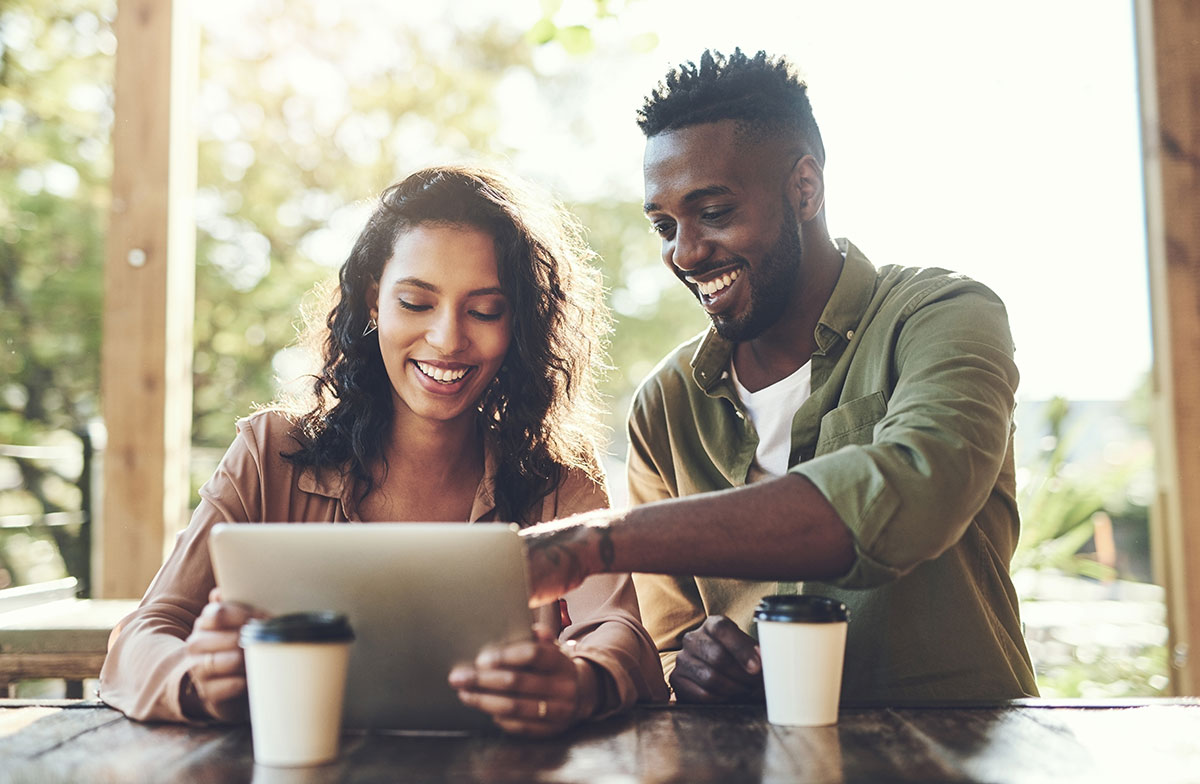Marketing Plan – Creating a Business Plan

In our last post of this series, we covered the products and services section of your business plan. Now, how are you planning to actually sell those products and services? The next step in creating a solid business plan is writing out your marketing plan. This is where you can share the strategies you’ll use to attract customers to your business and keep the jobs coming in through referrals and recommendations.
First, let’s go over the difference between a marketing strategy and a marketing plan. A strategy is a plan to accomplish a specific goal. This includes the mediums you use as well as a way to track your success rate. Meanwhile, a marketing plan is comprised of one or more of your strategies, so the two are heavily related and rely on each other. Your marketing plan influences the strategies you’re implementing.
For example, let’s say you’re introducing a new product line to your company. Your marketing plan would be launching the new line, while the strategies are how you’ll do that, e.g., social media, your website, mailers, etc.
Start with the 4 Ps
- Product (or service): What does your business offer, and why do people want it?
- Pricing: How much are you charging, and why is this the price point?
- Place: How and where do customers find and buy your product or service?
- Promotion: How will you reach/attract those customers?
Product/Service
This section of your marketing plan should go over your product/service and the value it adds to your industry. Highlight why someone should pick you over the competition — what’s your value proposition? You should also show an example of your ideal customer and target market. This is referred to as a buyer persona and can help you better tailor your marketing strategies. Since you went into more detail in the previous section, this can be more tied to how your product/service relates to marketing.
Pricing Strategy
In this section, it’s important to highlight both the price point of your services as well as how it was developed. Using your customer persona, you should also point out how this price point integrates into their financial situation. List both the fixed and variable costs of your business, including labor, rents, utilities, admin, materials, tools, and promotional materials.
Place and Distribution
How are customers accessing your service or product? Do you work directly with customers or through an outside distributor? What are the warranties associated with your services? Will you handle payments, or will you utilize a third party? If you have a sales team, the metrics and training associated with this team should also be included here.
Promotion and Advertising
This is where you’ll share your methodology when it comes to advertising and promoting your business. Depending on what you do, some avenues may work better than others. Some of the mediums you can use include the internet (paid ads, social, SEM), television, radio, billboards, direct mail, flyers, trade shows, and more. Using your target audience, you can find what mediums they’re using and place the emphasis of your marketing there.
Watch for the next installment of this series, where we’ll explain the operational portion of your plan.
Blog Archives
No posts for Jan, 2025





